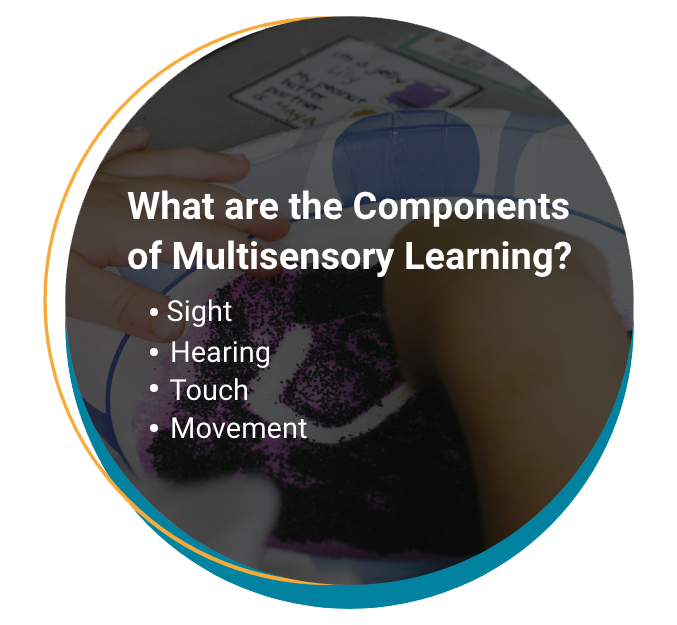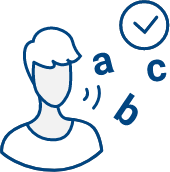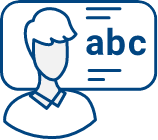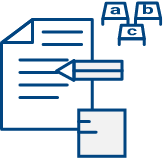The Orton-Gillingham Approach
Orton-Gillingham is a highly structured approach that breaks reading and spelling down into smaller skills involving letters and sounds and then builds on these skills over time.

What Is the
Orton-Gillingham Approach?
The Orton-Gillingham approach empowers educators to develop an individualized, structured, multisensory plan to teach reading and vocabulary skills. Orton-Gillingham is a step-by-step learning process involving letters and sounds that encourages students to advance upon each smaller manageable skill learned throughout the process. It was the first approach to use explicit, direct, sequential, systematic, multi-sensory instruction to teach reading, which is effective for all students and essential for teaching students with dyslexia.
The Orton-Gillingham approach is made up of components that ensure that students are not only able to use learned strategies, but can also explain the how and why of phonological strategies. This instructional approach encourages students by seeing, saying, sounding, and writing letters to master decoding and encoding of words. The Orton-Gillingham approach emphasizes multisensory learning, which combines sight, hearing, touch, and movement. This approach works well for students with dyslexia who lack a basic level of phonemic awareness.
See Orton-Gillingham as a Part of Structured Literacy Training in Action
Structured Literacy can ensure that students are equally exposed to important foundational literacy skills in a sequential, systematic, and cumulative way.









